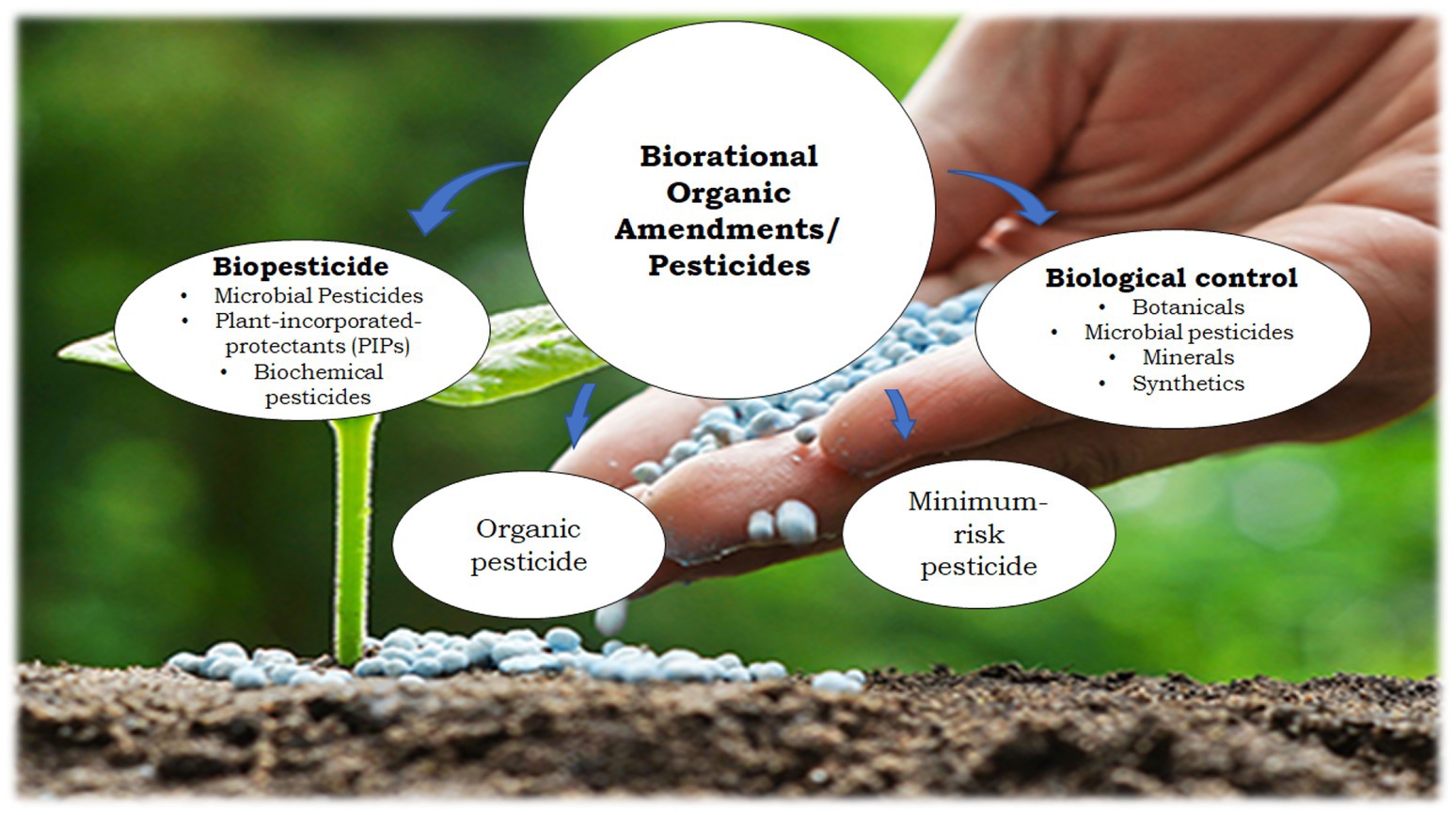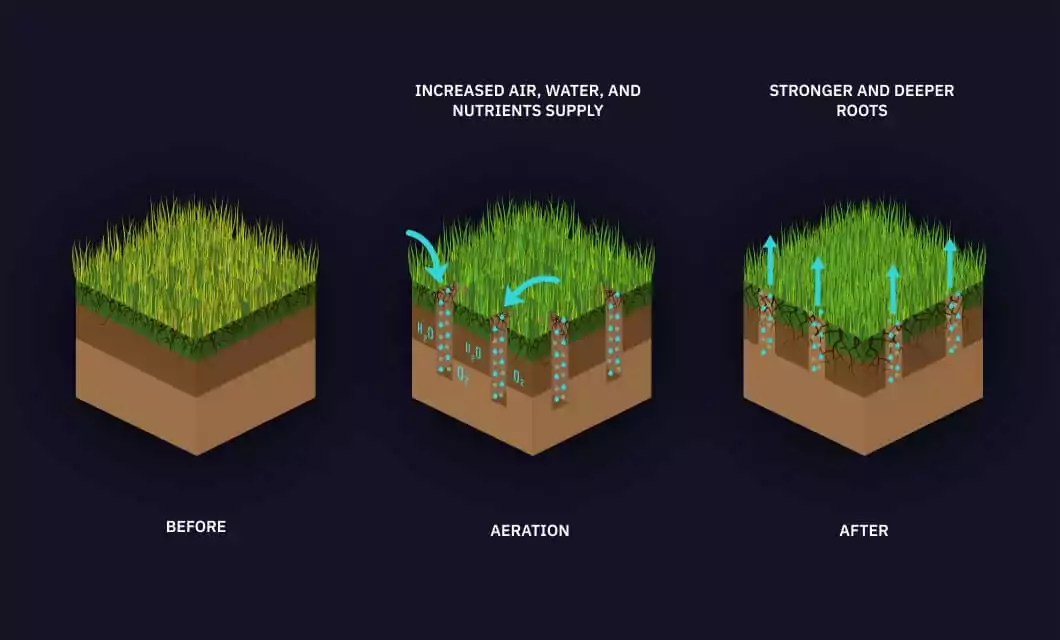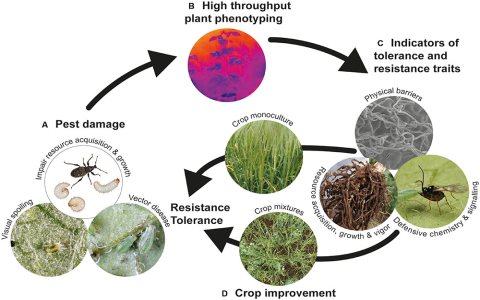Gardening is an art that thrives on the delicate balance between nature and nurture. Yet, beneath the lush greenery and vibrant blooms, pests and diseases can silently undermine our horticultural endeavors. One often overlooked aspect in this battle is the role of soil aeration in preventing pests, diseases, and soil compaction, a precursor to many gardening woes. This article delves into the unique perspective of soil aeration as a cornerstone of effective horticultural preservation.
The Hidden Peril of Soil Compaction

Soil compaction occurs when the soil particles are pressed tightly together, reducing pore space and impeding air and water movement. This can lead to poor drainage, increased soil moisture, and reduced oxygen levels—an ideal environment for pests and diseases to thrive. Compacted soil also weakens plant roots, making them more susceptible to attacks.
The Role of Aeration in Pest & Disease Prevention
Proper soil aeration is crucial for maintaining a healthy soil environment that naturally resists pests and diseases. Aerated soil allows for better root respiration, enhances nutrient and water absorption, and supports the growth of beneficial microorganisms that compete with harmful pathogens. Here’s how you can incorporate aeration into your gardening routine:
- Core Aeration: Using a core aerator, punch holes into the soil to remove plugs of soil. This increases pore space, allowing for better air and water movement. Core aeration should be done in the fall or spring when the soil is moist but not waterlogged.
- Organic Matter Incorporation: Adding compost, mulch, or other organic materials to the soil improves its structure, creating a more stable and aerated environment. Organic matter also acts as a food source for beneficial microorganisms.
- Cover Crops: Planting cover crops like clover or rye between growing seasons can improve soil structure by adding organic matter and breaking up compaction. When the cover crops are turned under, they add valuable nutrients and improve soil tilth.
- Soil Testing: Regular soil testing can help identify compaction issues and other soil health problems. Based on the test results, you can adjust your gardening practices to improve soil aeration and overall health.
Unique Strategies for Combating Specific Pests & Diseases
While aeration is a foundational practice, it should be complemented by specific strategies for combating pests and diseases. For example, introducing beneficial nematodes can help control soil-dwelling pests like grubs and nematodes. Using neem oil or pyrethrum can provide natural pest control without harming beneficial insects. For fungal diseases, maintaining proper moisture levels and ensuring good air circulation around plants can help prevent infections.
Conclusion: A Balanced Approach
Overcoming pests and diseases in the garden is not just about treating symptoms but creating a resilient soil environment that naturally resists these threats. By prioritizing soil aeration through core aeration, organic matter incorporation, cover cropping, and regular soil testing, gardeners can foster a soil ecosystem that supports healthy plant growth and naturally repels pests and diseases. Remember, the key to a thriving garden lies in the soil, and with the right care, it can become a fortress against the silent invaders that threaten our horticultural dreams.





















